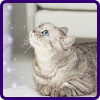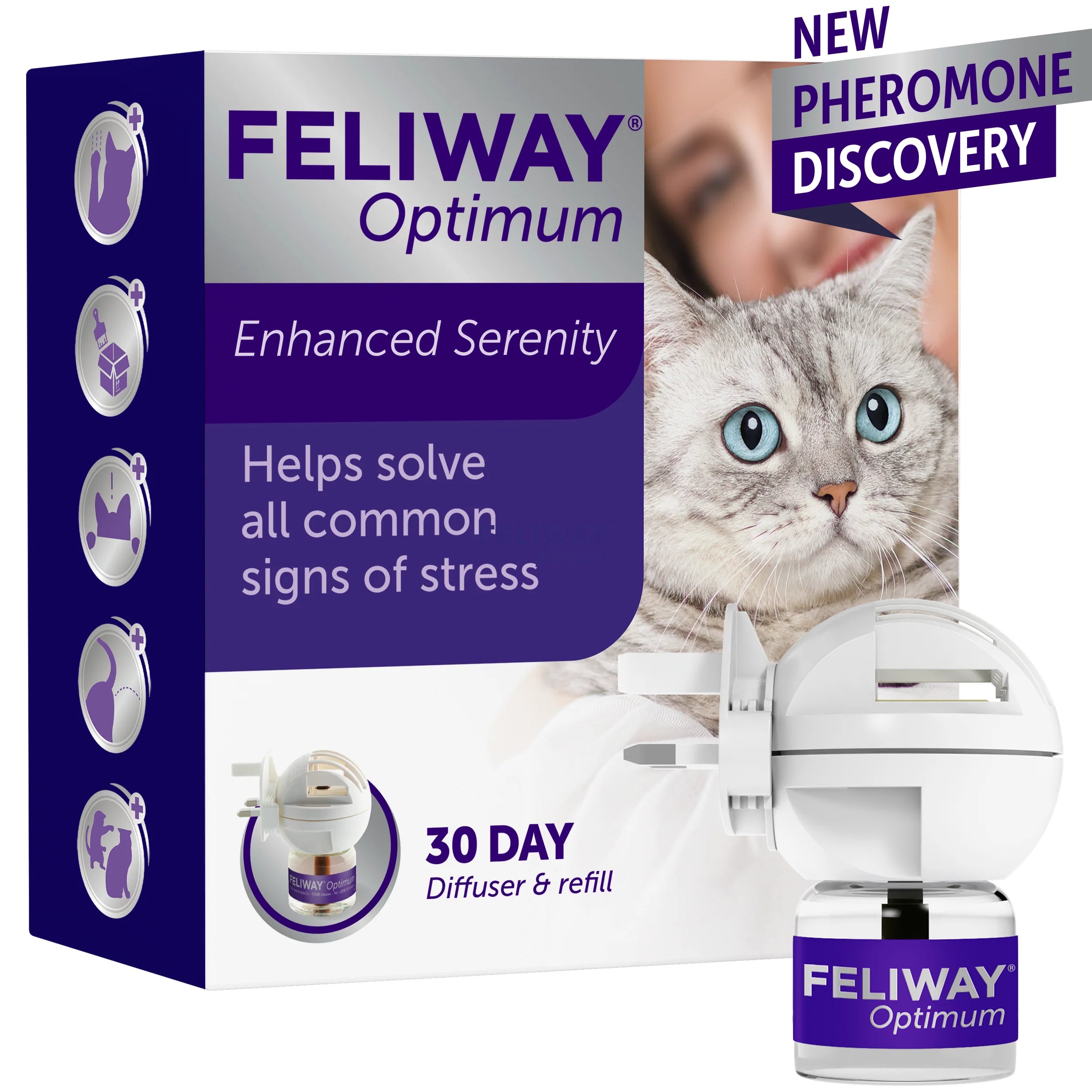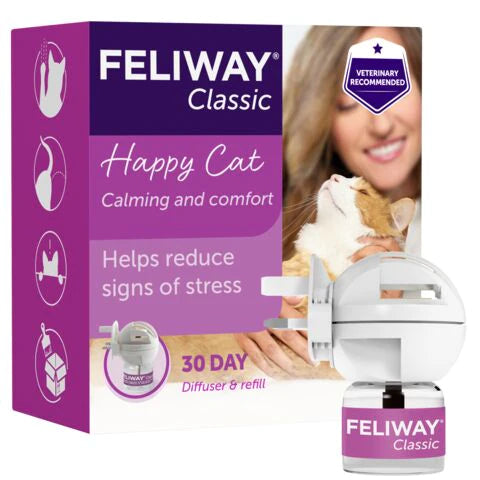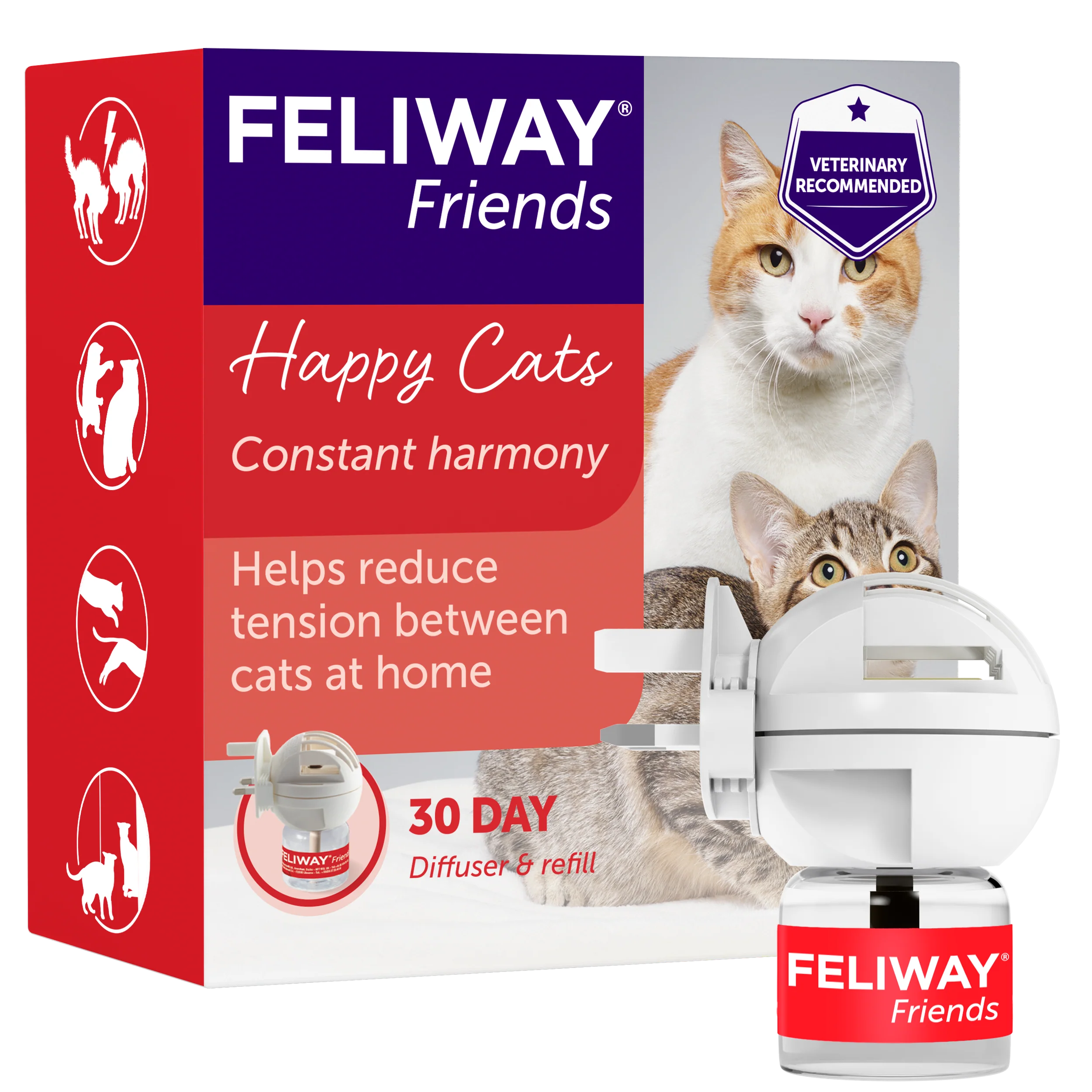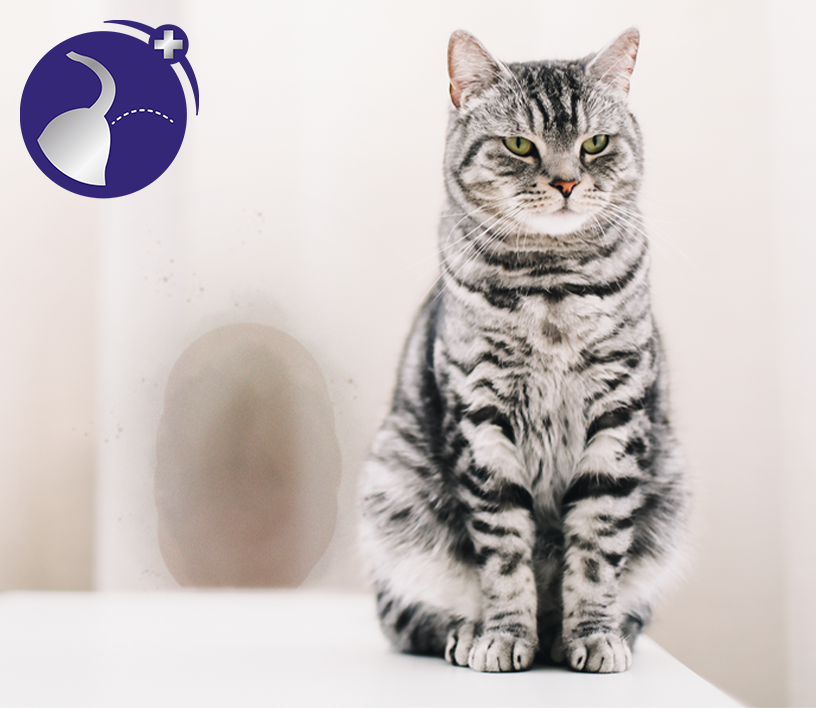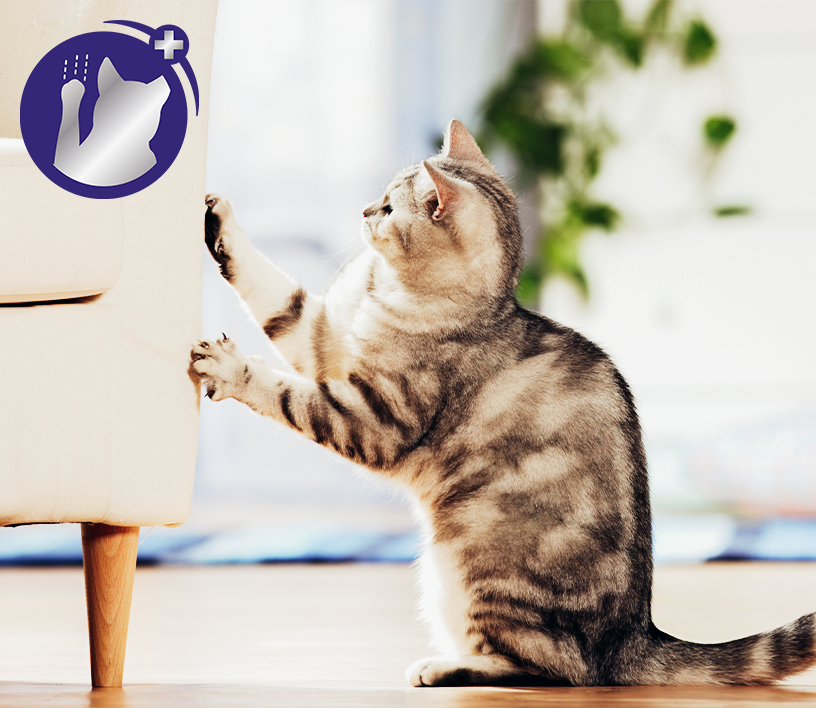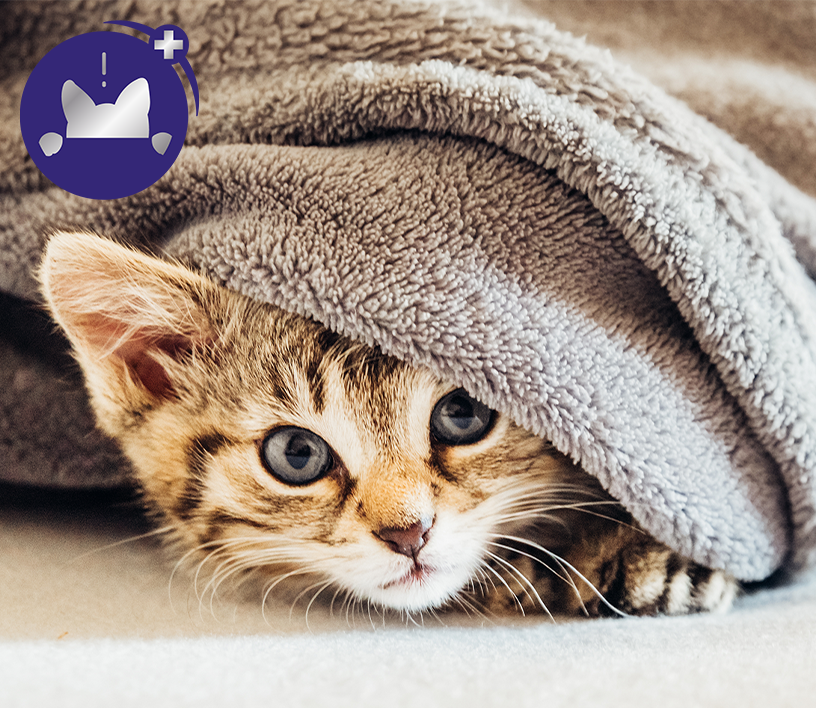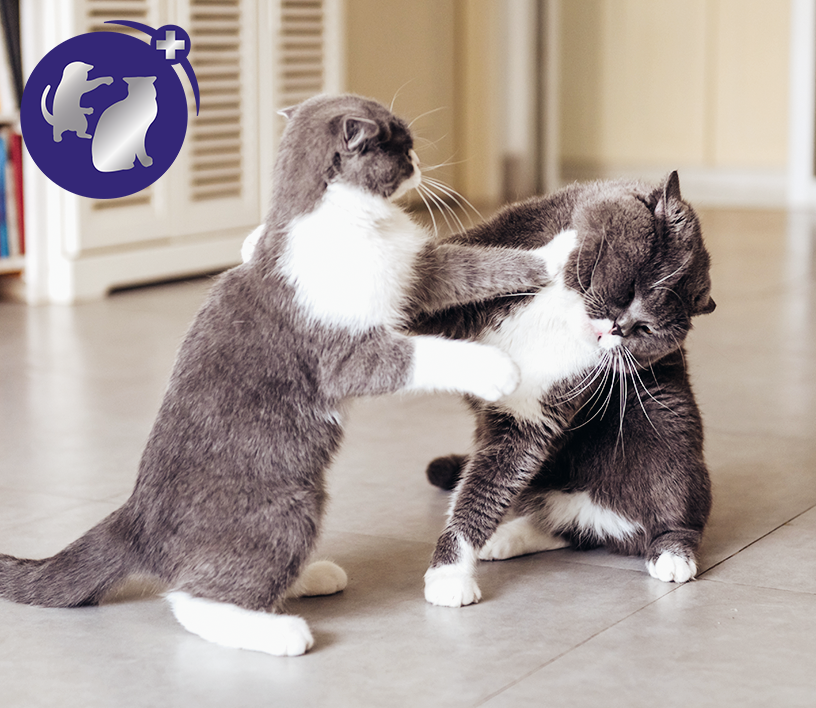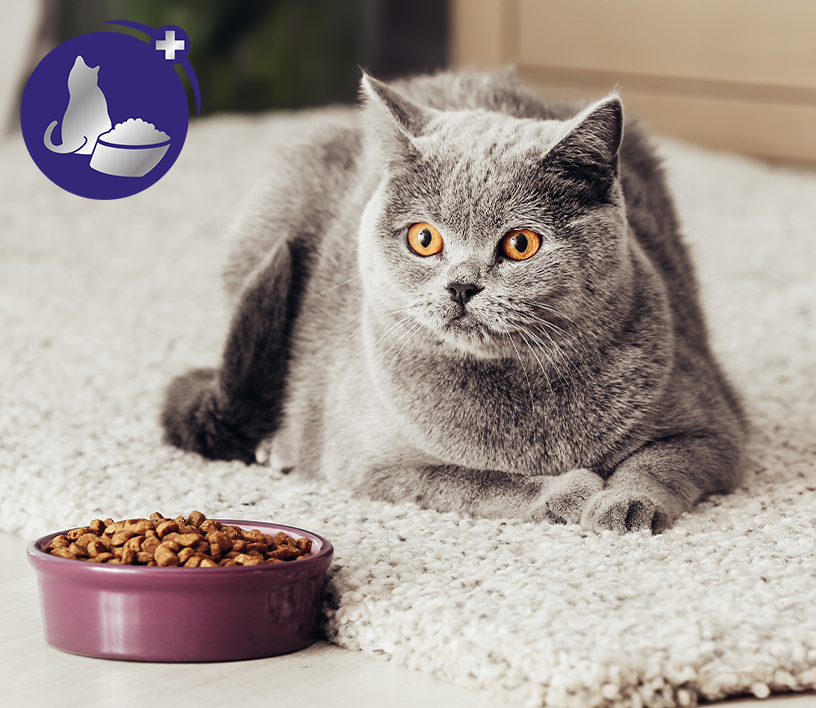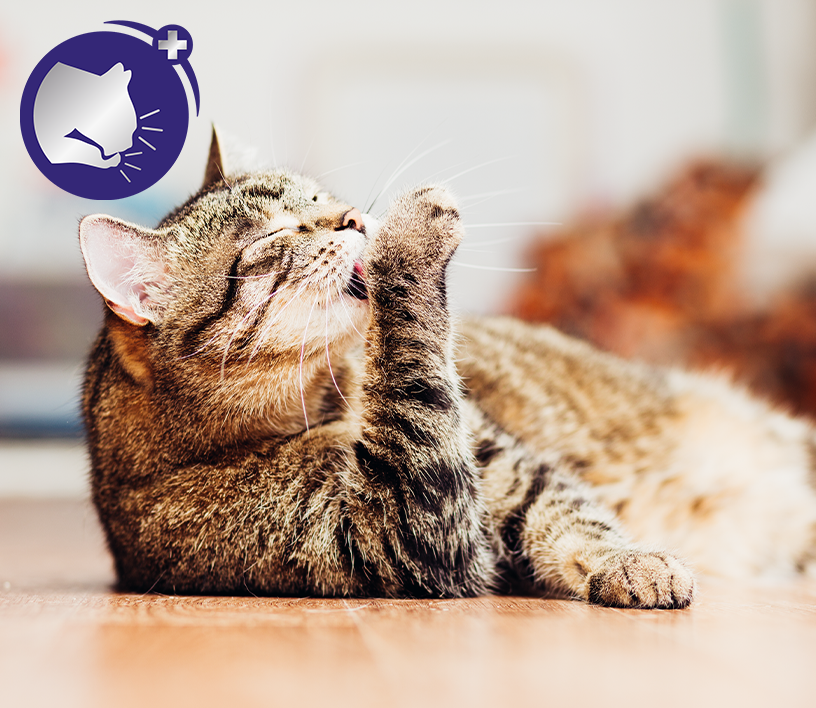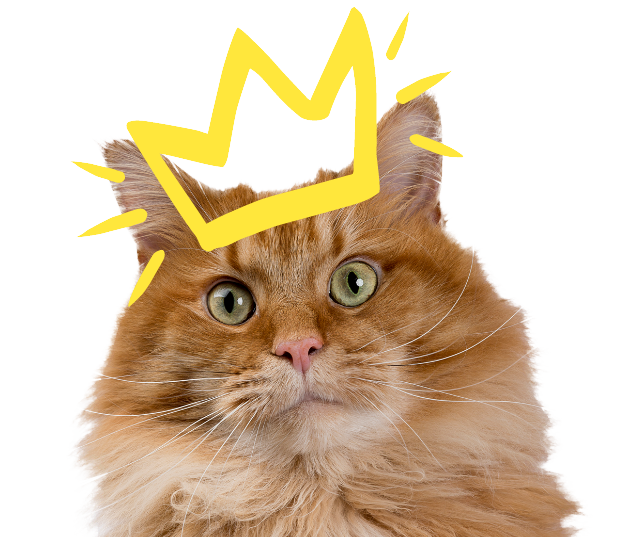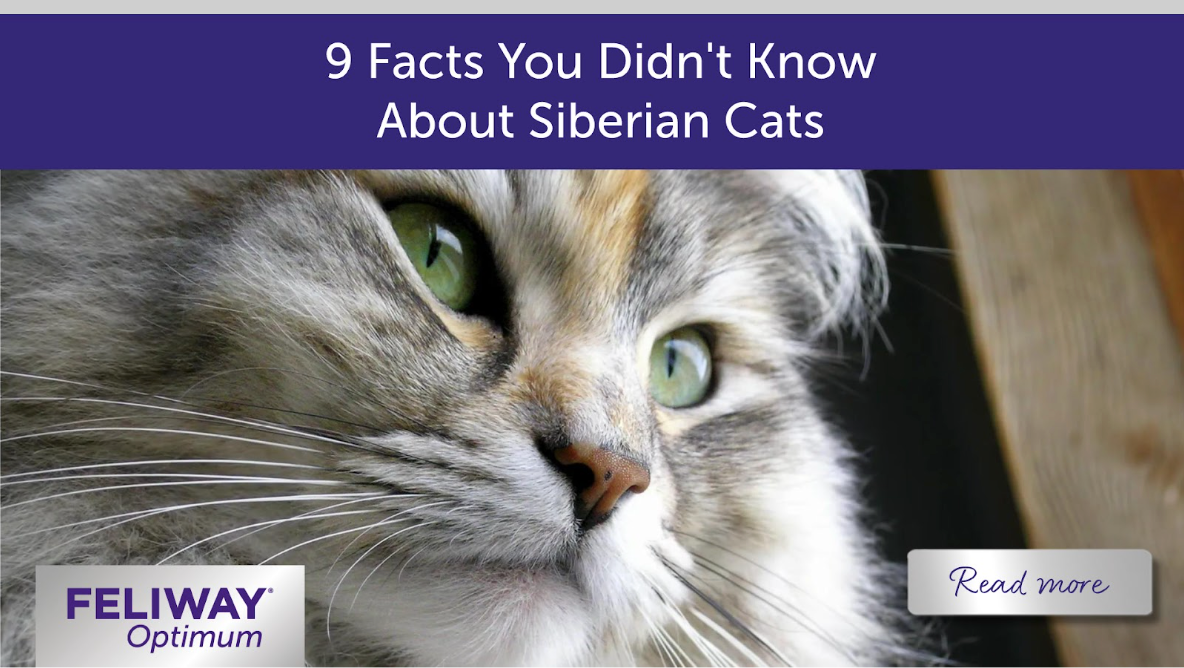
9 Facts You Didn't Know About Siberian Cats
The Siberian cat breed is native to Siberia – figures, right? Siberia is a region in Russia well known for its long winters, so it’s unsurprising that Siberian cats’ coats are strongly suited to colder environments with a dense triple layer of fur!
That’s not the only fascinating insight into the breed we can tell you about, either. In today’s article, we’re exploring some of our favourite facts about Siberian cats, covering their heritage, characteristics, and what makes them a perfect family-friendly addition.
What is a Siberian Cat?
Siberian cats, or “Moscow longhairs”, were the first official cat breed to come out of Russia and are their national cat, although they weren’t formally recognised until 1987. Despite this, the earliest record of the Siberian cat is said to come from the 13th century, and there are many references to the native “Siberian forest cats” in Russia, dating back as far as 1000 AD. It’s thought that they may also be the ancestors of other long-haired cats too, including the Norwegian Forest Cat and Maine Coons.
Facts About Siberian Cats
If you’re considering adding a feline friend to your family, don’t pass up on the Siberian Forest Cat! While their size and fur may seem like a task to take on at first, their temperament, lifespan and laid-back nature makes them a great fluffy companion!
1. Siberian Cats Come in Lots of Colours
Siberian cats are large and strong, with their long thick coats coming in a wide range of different colours and patterns. The most common Siberian cat colour you’ll come across is the brown tabby.

2. They’re Very Clever
Being a highly intelligent breed, Siberian cats need regular mental and physical stimulation. While they love attention, they’re generally very laid-back and not especially clingy, valuing their independence. They love interactive play with their humans, problem solving activities, and can be trained to a high level. You’ll want to let them have space to roam the garden as they have a curious nature and love climbing, exploring, and being outdoors.
3. A Breed Of Cat That Loves Water!
Unlike many other domestic cat breeds, Siberian Cats are known to love playing in water, and may even sneak into your shower or bath and give you a surprise! Their triple coat is water-repellent, and their forest-dwelling ancestors would have played in snow, sleet, and rain during the long Siberian winters.
4. Siberian Cats Aren’t Hypoallergenic
With their long, thick fur you may be wondering if Siberian cats are hypoallergenic – while no cats are 100% hypoallergenic, the Siberian cat breed are said to produce less of the allergen-causing Fel D1 proteins than other cat breeds. Did you know that people are allergic to these proteins present in their saliva? It’s not fur that causes allergies directly, but the transfer of these proteins when they groom themselves! This can make them a better option for people with mild allergies, however they are not hypoallergenic.
If you’re considering a Siberian cat and you know you have allergies, try and spend some time with one first so you can see how your immune system reacts. Siberian cats are sometimes re-homed from families where a person has allergies and struggled to live with the cat, so it’s best to make sure you know before deciding to bring a cat home.
5. They’re Are Great Family Pets
Siberian cats are friendly and mellow with an affectionate nature and have the potential to make good therapy pets. They’re good around people and can be raised with other family pets but may take a little time to warm up to any new people they don’t know.
6. Siberian Cats Are Known To Talk!
Known for “talking” to their humans, Siberian cats often make loud melodic purrs when they’re being stroked, as well as mews, trills, and chirps. With their sweet nature and soft fluffy appearance, this makes them even more lovable!
7. Siberian Cat Breeds Are Very Healthy
Regular vet check-ups are as important for the Siberian cat breed as they are for any cat or other pet, but these fluffy felines are generally very healthy. This is part of what makes them a strong choice for adoption!There are very few hereditary diseases present in the Siberian cat breed, but it’s important to be aware of any that may have affected your cat’s lineage. The most common genetic condition is hypertrophic cardiomyopathy (HCM), but most Siberian cats go on to live a very long, healthy life.
8. Siberian Cats Form Strong Bonds
Known for being a very social breed, Siberian cats tend to form strong bonds not only with their humans, but also with their breeding partners. Siberian cats make great parents, with males being nurturing fathers and helping to care for their kittens – which certainly helps mum out as they usually have rather large litters.
9. They Require A Regular Groom
Despite their waterproof coat, Siberian cats can still get mucky or tangled fur! They need a regular brushing routine to prevent their fur from matting and to reduce shedding, so it’s important to train Siberian kittens with the brush from a young age.
Siberian cats shed seasonally, twice a year in autumn and spring. While they still shed hair at other times like any furry feline, this is when they will have their main change of coat. Their autumn shed usually happens in October to November in order to prepare for colder conditions and allows their winter coat to grow in. In the spring they’ll shed this heavier winter coat around April to May and be left with a much lighter coat for the warmer summer months.
It’s recommended to regularly brush your Siberian cat (and vacuum up!) more often (and maybe occasionally bathe them) during the shedding seasons to prevent tangles and fur-balls, though they only shed moderately in comparison to some other long-haired cat breeds.
Want to know more about Siberian Cats? Check out our other blogs, and sign up to our newsletter to stay up to date with all our latest guides, expert advice, and find steps to take when you want to adopt a new feline friend into your family!
